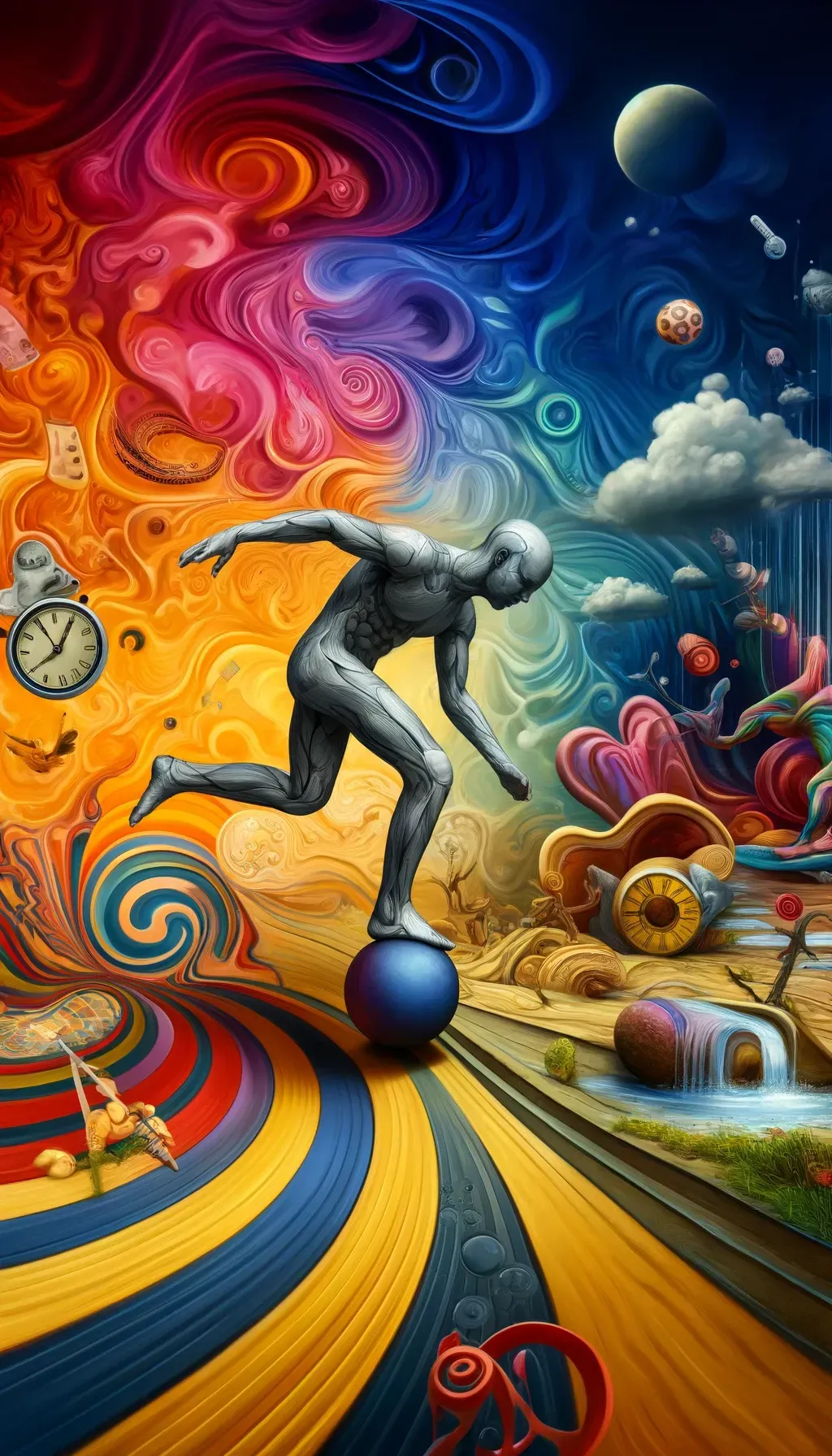
Balance and Movement: The Vestibular System
Balance and Movement: The Vestibular System
Today, we’re diving into a vital part of our sensory experience: the vestibular system. Located in the inner ear, the vestibular system is essential for controlling balance and spatial orientation. It plays a crucial role in our ability to move and navigate through our environment smoothly and safely. However, for many neurodivergent individuals, vestibular processing can present unique challenges. Let's explore how the vestibular system works, the difficulties that can arise, and strategies to support vestibular processing.
The Importance of the Vestibular System
The vestibular system is fundamental to our daily lives and overall well-being. It allows us to:
Maintain Balance: By detecting changes in head position and motion, the vestibular system helps us keep our balance during various activities.
Coordinate Movement: It ensures smooth and coordinated movements, essential for tasks like walking, running, and riding a bike.
Orient Ourselves in Space: It provides spatial orientation, helping us navigate through our environment and maintain our posture.
Challenges in Vestibular Processing
For many neurodivergent individuals, vestibular processing can be a significant challenge. Here are some common issues:
Balance Difficulties: Issues with balance can make activities like walking on uneven surfaces, riding a bike, or even standing still challenging.
Coordination Problems: Difficulty coordinating movements can affect fine and gross motor skills, leading to clumsiness or awkward movements.
Spatial Disorientation: Challenges with spatial orientation can make navigating spaces confusing and overwhelming.
Strategies for Supporting Vestibular Processing
Supporting vestibular processing involves creating opportunities and using tools that help manage balance and spatial orientation effectively. Here are some strategies:
Provide Opportunities for Movement and Balance Activities
Why It Helps: Regular movement activities can help improve balance and coordination over time.
How to Do It: Encourage activities such as walking on balance beams, hopping, jumping, and playing on playground equipment that involves climbing and swinging.
Use Equipment Like Balance Boards and Swings
Why It Helps: Specialized equipment can provide controlled and safe ways to stimulate the vestibular system.
How to Do It: Incorporate balance boards, therapy balls, and swings into play and exercise routines. These tools can help improve balance and spatial awareness in a fun and engaging way.
Incorporate Activities That Stimulate the Vestibular System
Why It Helps: Activities that involve spinning, swinging, or other movements can directly stimulate the vestibular system, helping to enhance processing and integration.
How to Do It: Include activities such as spinning in a swivel chair, using a sit-and-spin toy, or engaging in gymnastics or dance routines that involve varied movements.
Additional Tips for Supporting Vestibular Processing
Gradual Introduction: Introduce new movement activities gradually to allow time for adjustment and reduce the risk of overwhelm.
Structured Environment: Provide a structured and safe environment for vestibular activities to ensure safety and comfort.
Professional Guidance: Work with occupational therapists or physical therapists to develop personalized strategies and interventions tailored to individual needs.
Conclusion
Understanding the vestibular system and its complexities is vital for creating supportive environments for those with vestibular processing challenges. By providing opportunities for movement, using specialized equipment, and incorporating stimulating activities, we can help make the world of balance and movement more accessible and enjoyable for everyone.
Remember, every step towards understanding and supporting sensory processing is a step towards inclusivity and better quality of life. Stay tuned for more insights and strategies to support our neurodivergent community! Next up in our sensory experiences series is an article on the Proprioceptive system; this system is involved in sensing the position and movement of the body through our muscles and joints.
References
Frontiers. (n.d.). Evaluating Sensory Integration/Sensory Processing Treatment: Issues and Analysis. Retrieved from Frontiers
MDPI. (n.d.). Sensory Processing Impairments in Children with Developmental Coordination Disorder. Retrieved from MDPI
Research AOTA. (n.d.). Occupational Therapy Interventions for Children and Youth with Sensory Processing Challenges. Retrieved from Research AOTA
